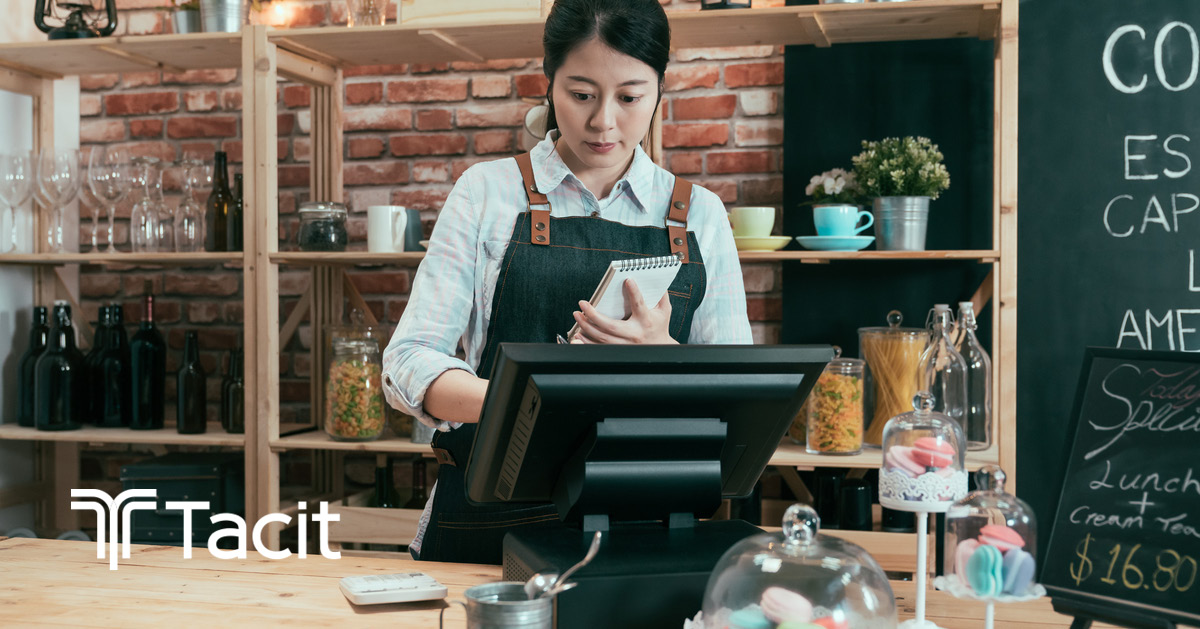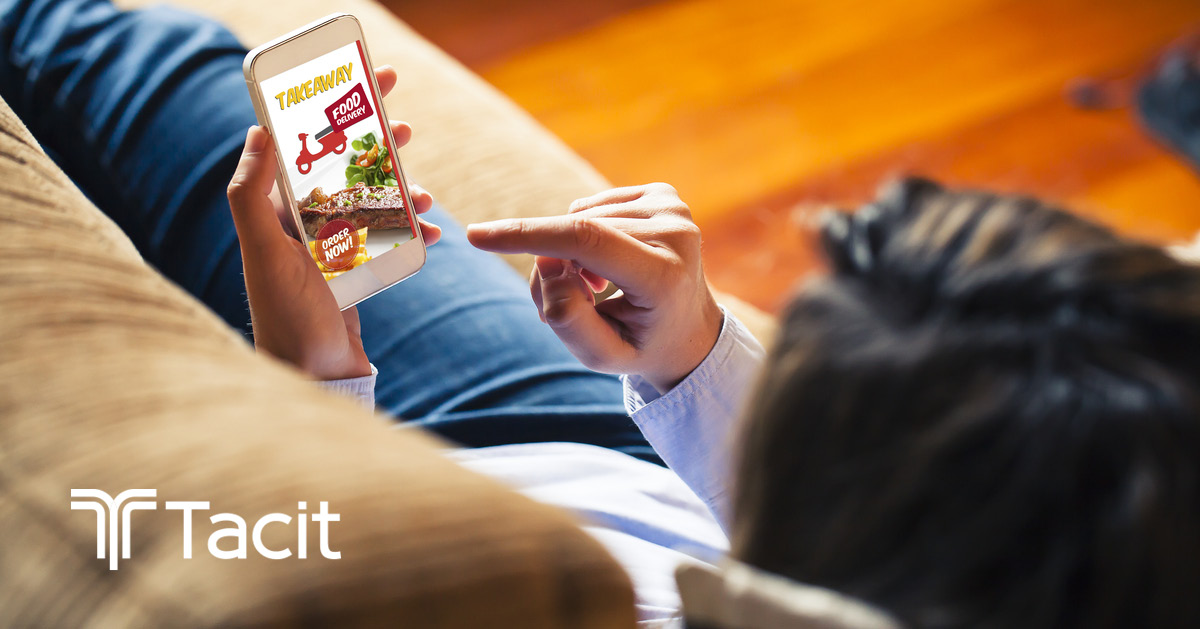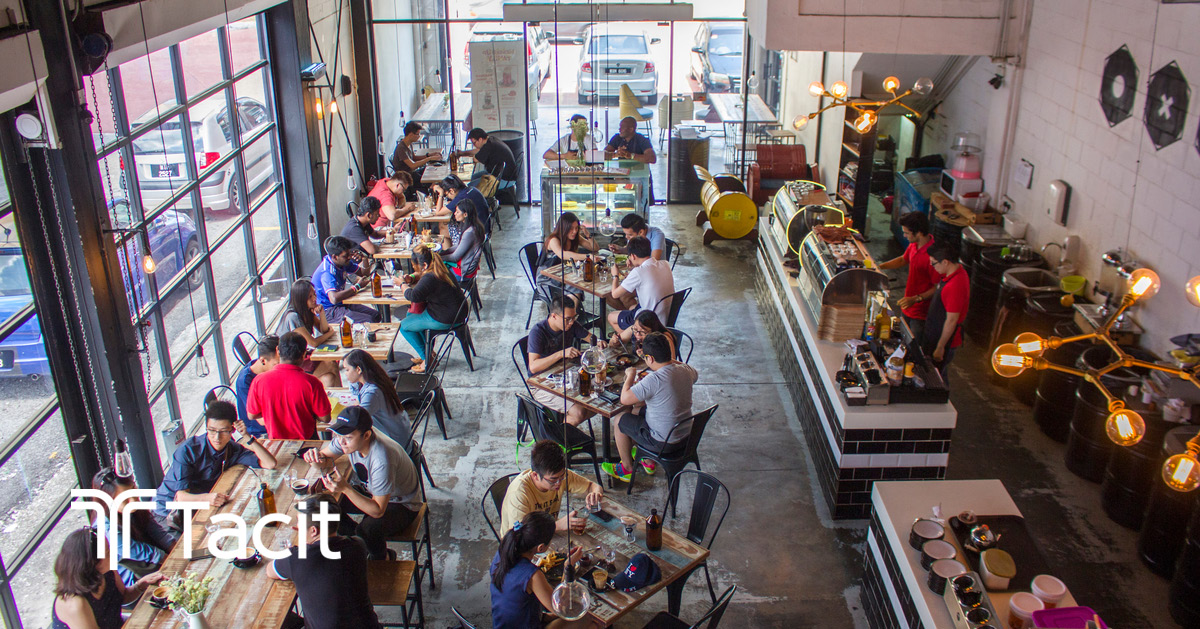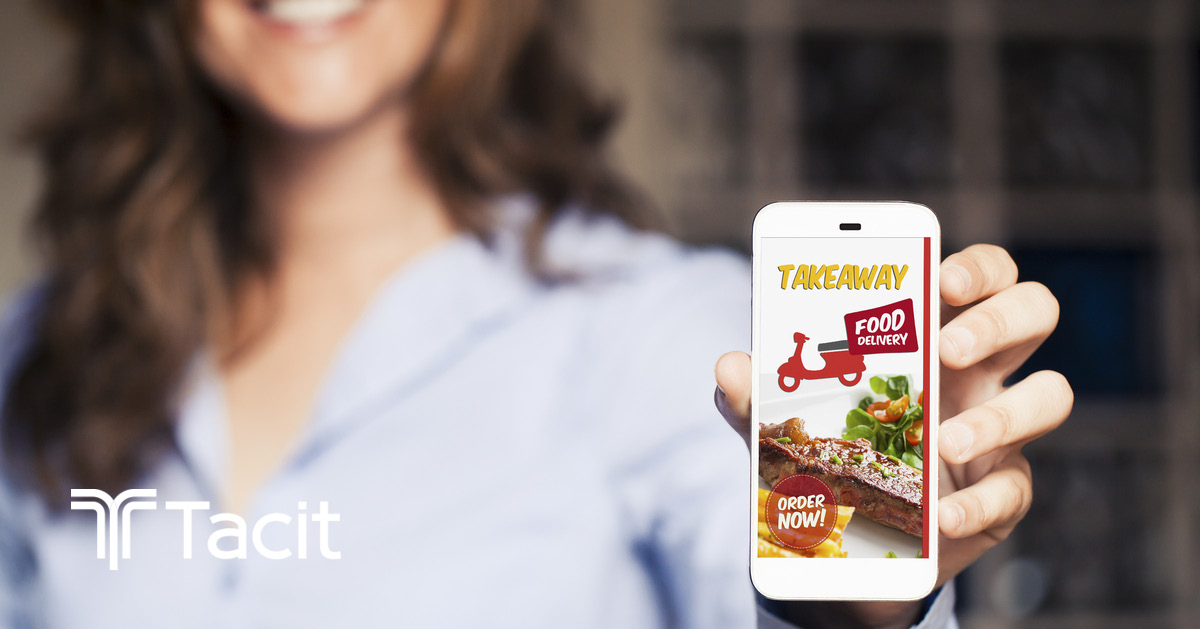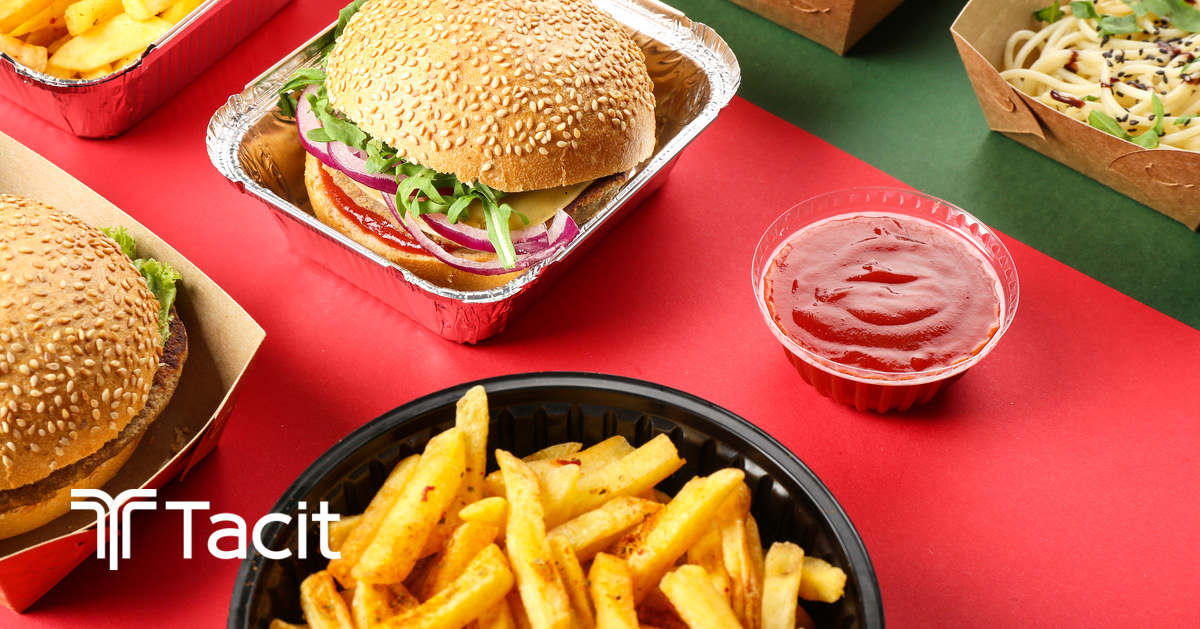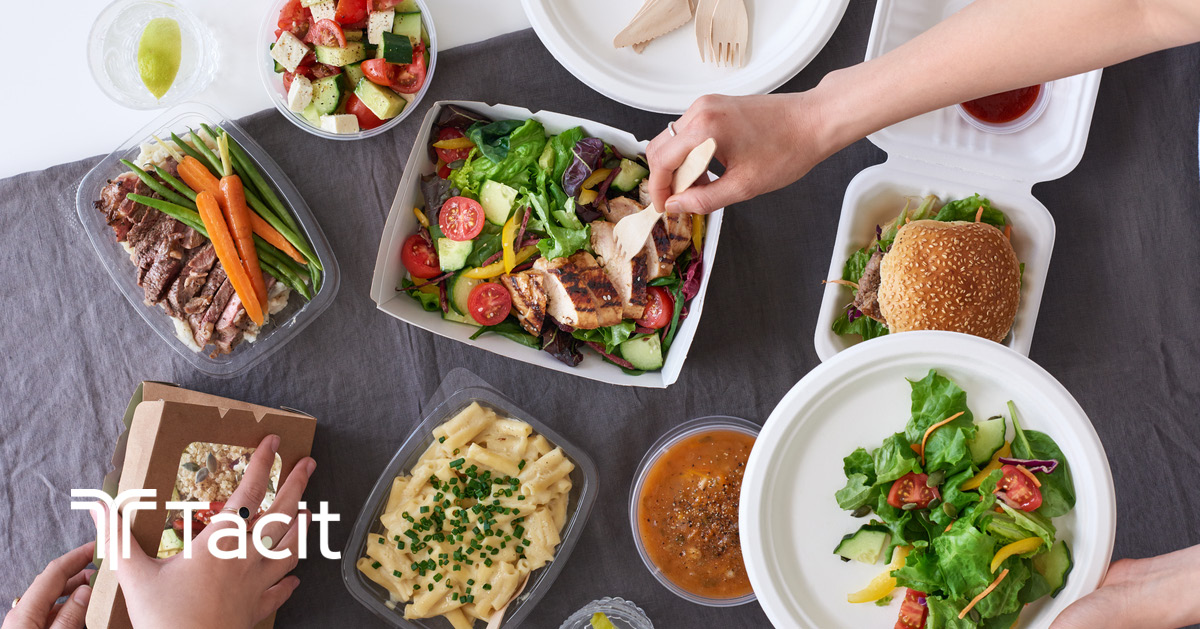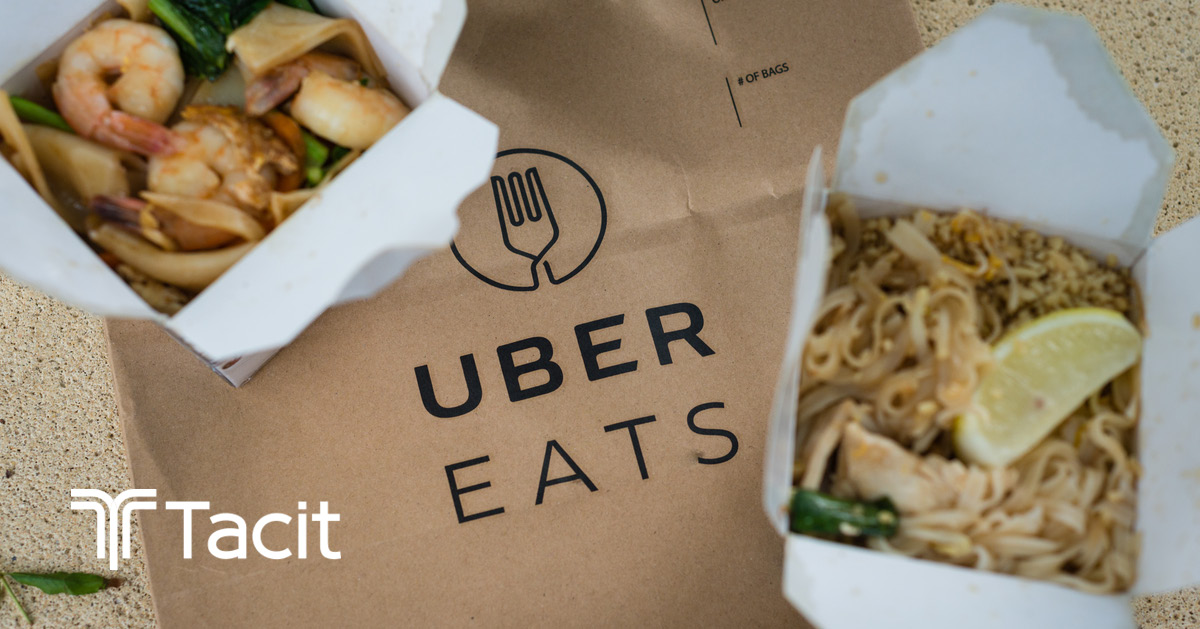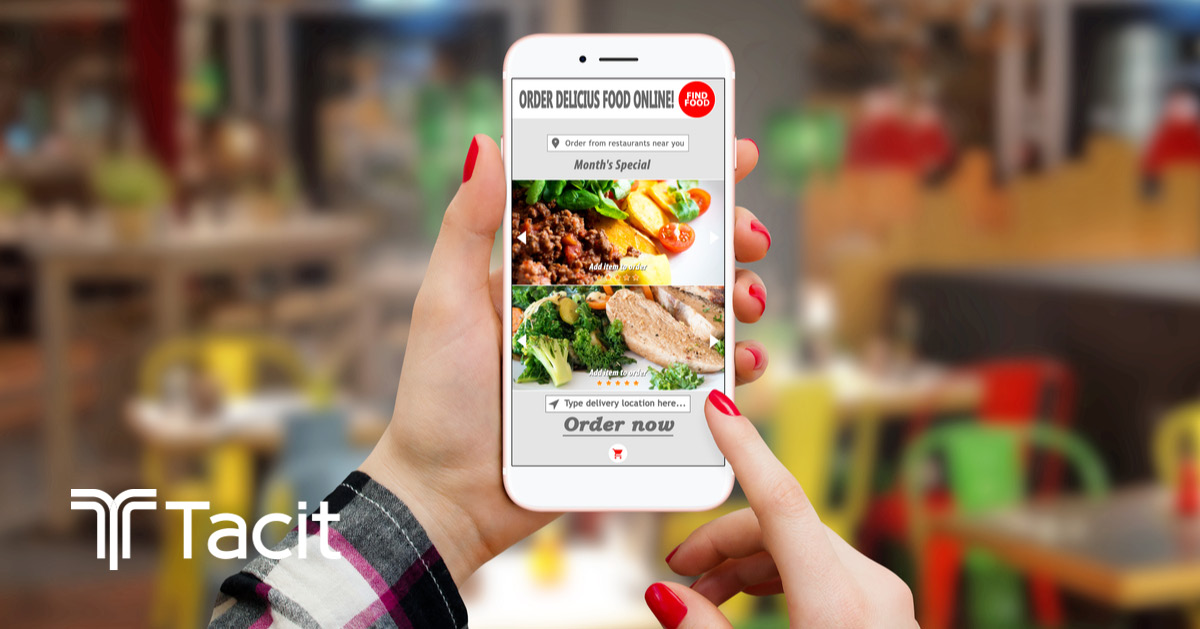09 Apr The Exponential Added Costs of 3rd Party Restaurant Aggregators Without POS Integration
The rise of 3rd party restaurant aggregators took place over several years, and early adopters of partnerships primarily used the tablet-based support apps to access the marketplaces. Unfortunately, this any-restaurant-can-use-it-now approach created some big issues, including the problems with rekeying orders, hoping drivers arrive on...

